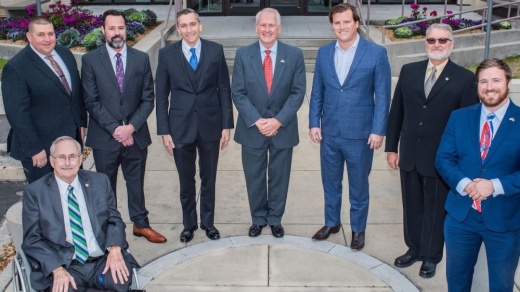League City City Council on Oct. 26 had a workshop about the plan, which is a document that guides City Council and city leaders on what types of developments will end up in undeveloped parts of the city.
League City is about 55% built out. Of the 45% undeveloped land remaining, the vast majority is on the southwest side. According to the future land use map, the plan is to bring several commercial developments to the area.
“The goal from our perspective is to make that happen,” said David Hoover, director of planning and development.
The southwest side is an opportunity for the city to shift from residential developments to allow for more commercial development, such as upscale retail and office spaces. City staff envisions “top-notch developments” at intersections where major roads meet the Grand Parkway, which has yet to be built in the area, Hoover said.
Economic Development Director Scott Livingston said there are plans on the books from 2013 and earlier to create a “Southwest Town Center” in the undeveloped portion of League City. The idea is to make it some sort of commercial development destination with “pizazz,” he said.
“It is a special opportunity,” Livingston said.
League City officials do not envision the southwest side being the home of office buildings with 3,000 to 5,000 employees. However, midsized office buildings housing companies with 300 to 500 or even 50 to 150 employees are a realistic expectation, Hoover said.
Interest is already strong. Hoover said the city has been in talks with about 75% of the developers who want to do something on the southwest side. Within six months, the city will have preliminary development plans for 85% to 90% of the southwest side, he said.
“This is coming. We’re dealing with it,” Hoover said. “I think we’ve got real opportunity to guide that and help direct that.”
If the city builds out its southwest half with as much residential development that exists today, decades from now, residents will pay the price in taxes, Hoover said. The city’s tax rate has been steadily lowering, in part because the city is developing so fast, Council Member Hank Dugie said. Once built out, the tax rate could increase if the tax base is not strong with commercial developments, Hoover said.
Dugie asked for the city to compile data that shows how the tax base may be affected depending on how the southwest part of the city develops. By showing residents the difference in their tax rate depending on how much commercial development comes, they will realize the importance in what eventually is built there, Dugie said.





